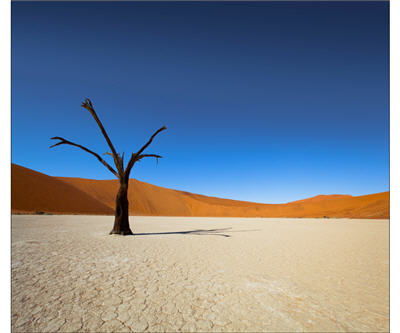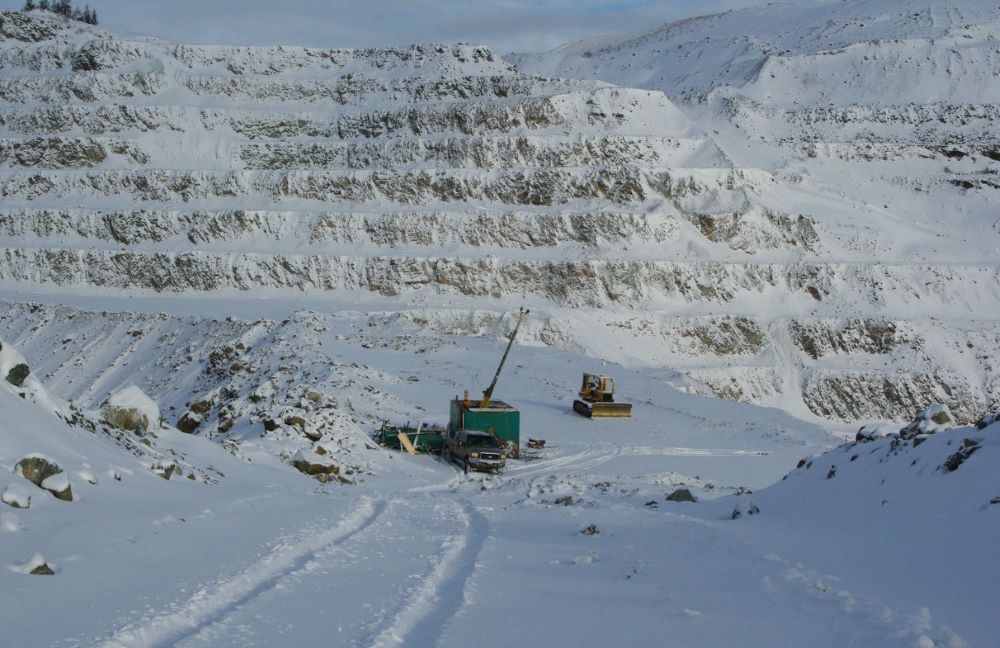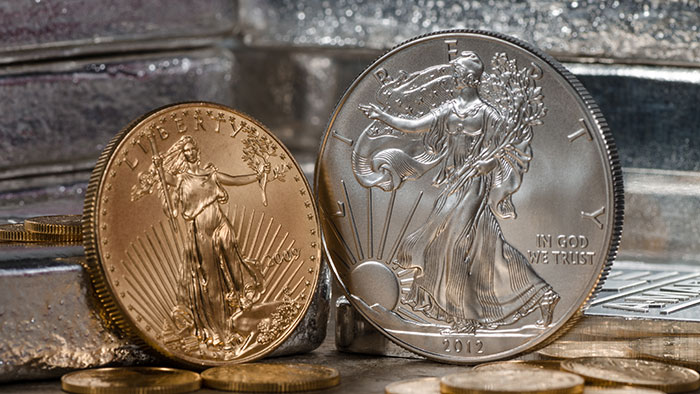Striking uranium workers ‘defeat logic’

A strike appears imminent at Rio Tinto’s Rssing Uranium Mine in the Namibian-Naukluft Park (pictured) after workers unhappy over production bonuses On Wednesday voted unanimously in favour of industrial action that could cripple operations at the mine responsible for some 5% of world production. Management said the demands were unreasonable and defeat logic.
The industrial action takes place at a difficult time for the uranium industry with the spot price recently falling below $50 – levels last seen immediately after the nuclear accident at Fukushima. The sector has lost some 40% of its value since the Japan disaster and the first deal of what is expected to be widespread consolidation in the industry is already shaping up to be a classic David and Goliath fight.
Rossing which lies partly inside the country’s national park Namib-Naukluft (pictured) has produced uranium since 1976. Rio Tinto (ASX:RIO) owns 70% while the Iranian government with 15% is the second largest shareholder. AllAfrica quotes the spokesperson for the miners: “Our mandate is to have a fair, equitable and transparent incentive system that is acceptable to all; and the system perceived to be exploitative must be revamped.” Rossing’s MD Chris Salisbury said the demands of a bonus made by the workers were “unreasonable and defeat logic”.
In July Dow Jones spoke to Andy Lloyd, chief development officer for Rio Tinto’s uranium unit who said several uranium projects planned globally are stalled because the spot price isn’t high enough to justify development, but declined to to say what uranium price Rio needs for Rossing to be profitable.
At the end September Cameco (TSE:CCO) the world’s largest uranium producer offered $3.75/share – a 40% premium – for Hathor Exploration (TSE:HAT), its Saskatchewan neighbour. Hathor traded at $4.12 on Wednesday, down more than 1%, but up from levels of $2.60 before the announcement. Cameco, managed to get into in positive territory on Wednesday but is down 49.7% year to date.
The near term outlook for the sector is not rosy either with an August study by Resource Capital Research indicating market price expectations looking out 3 to 6 months points to further downside, with a spot price expectation of $45.95/lb.
Longer term the outlook is brighter thanks to expected strong and increasing demand for new nuclear power reactors, especially from China, USA, Russia, Ukraine and India. Over 84 new nuclear power reactors are expected to be commissioned globally by 2017, with 63 currently under development or construction. Last week The Mainichi Daily News, reported Japan’s Prime Minister is determined to restart idled nuclear reactors by next summer to ensure stable electricity supply, with fewer than a dozen of the country’s 54 reactors currently operating.
More News
{{ commodity.name }}
{{ post.title }}
{{ post.date }}



Comments